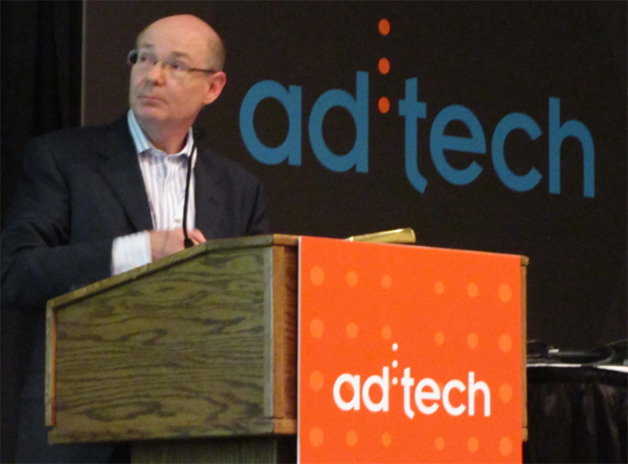Here’s a scenario: It’s Christmas Eve and you’ve gathered the entire family around the TV to watch your favorite Christmas classic. You thought ahead and purchased the video through Amazon Instant Video just for this very occasion. Good thinking on your part, right? Unfortunately, all that good thinking is for naught as the video is not in your collection, and it’s not even showing up as available for sale on Amazon. What gives?
This scenario may seem like something of a joke, but it has become a very real situation for Bill this holiday season. Writing into Boing Boing, he says he purchased the second episode of Disney’s Prep & Landing last year and wanted to watch it again this year. He soon found that the video was removed from his account, and is even listed as unavailable on Amazon Instant Video.
Seriously, what gives?
When Bill wrote in to Amazon about his legitimate purchase being removed, he’s told that it’s just all part of the licensing agreement they have with Disney. The company reserves the right to remove any video content offered for sale on Amazon.com at any time for any reason. The reason this time is that Disney wants to keep this particular show exclusively for itself this holiday season to broadcast on its channels. To rub salt in the wound, Disney won’t make the content available to those who purchased it on Amazon again until July – well after the holiday season is over.
This is just another reminder that everything we purchase in the digital world doesn’t actually belong to us. We are simply buying a license to view the content, but the company, in this case Disney, still fully owns it. Think of it like buying a car, but you’re merely indefinitely renting it instead of owning it. That means the manufacturer or dealer could show up at any time and take the car back without any prior warning.
In the car example, we wouldn’t stand for it if the manufacturer suddenly showed up and took away our car. Why do we stand for it when it happens to digital content then? For starters, this is still a relatively rare occurrence. It’s not often that a rights holder makes content unavailable after putting it on sale. After all, it seems kind of counterintuitive to stop making money on something, especially when people are more likely to buy it.
All of this really boils down to the fact that consumers just aren’t educated on their digital rights. They think that the digital marketplace is the same as a physical marketplace. Once they purchase something, they think it belongs to them forever. It should work like that in the digital marketplace, but it doesn’t. It’s a despicable practice, but it will continue happening until people realize just how awful it is and demand change.
If there’s any good news to be had out of this, it’s that Amazon realizes Disney is being an absolute Scrooge with the abuse of its licensing policy. The online retailer gave Bill “a very generous credit” to pick up some other holiday films for the family this year.
Speaking of which, might I suggest The Muppet Christmas Carol. What’s that? TorrentFreak says it’s also been pulled? Well, what about the sub-standard, but still kind of enjoyable, Beauty and the Beast: The Enchanted Christmas? That’s been taken away too? Well, I hope Disney’s happy that it has singlehandedly killed Christmas for the few potential customers who wanted to buy these movies through Amazon Instant Video.
[Image: Amazon]
